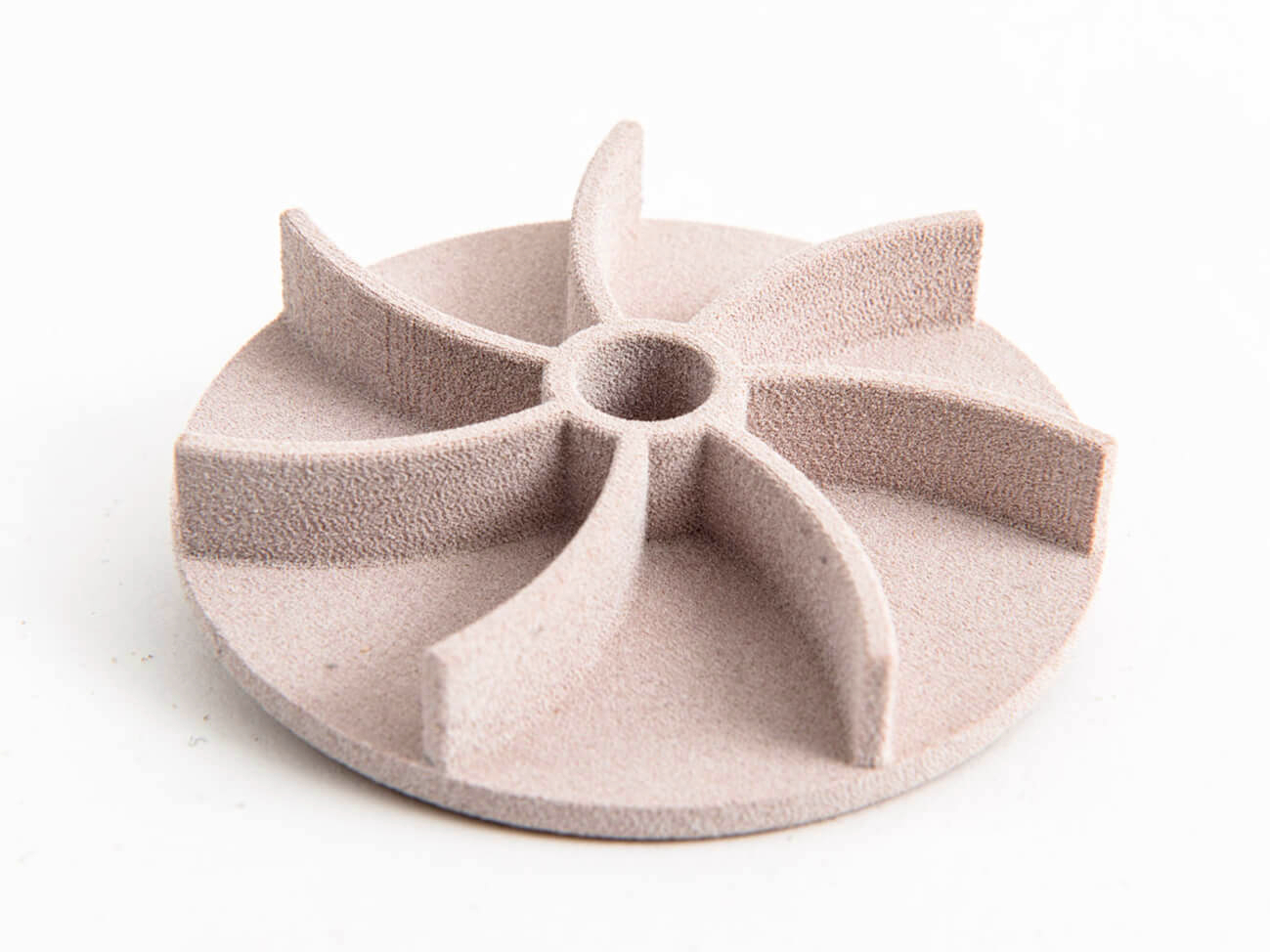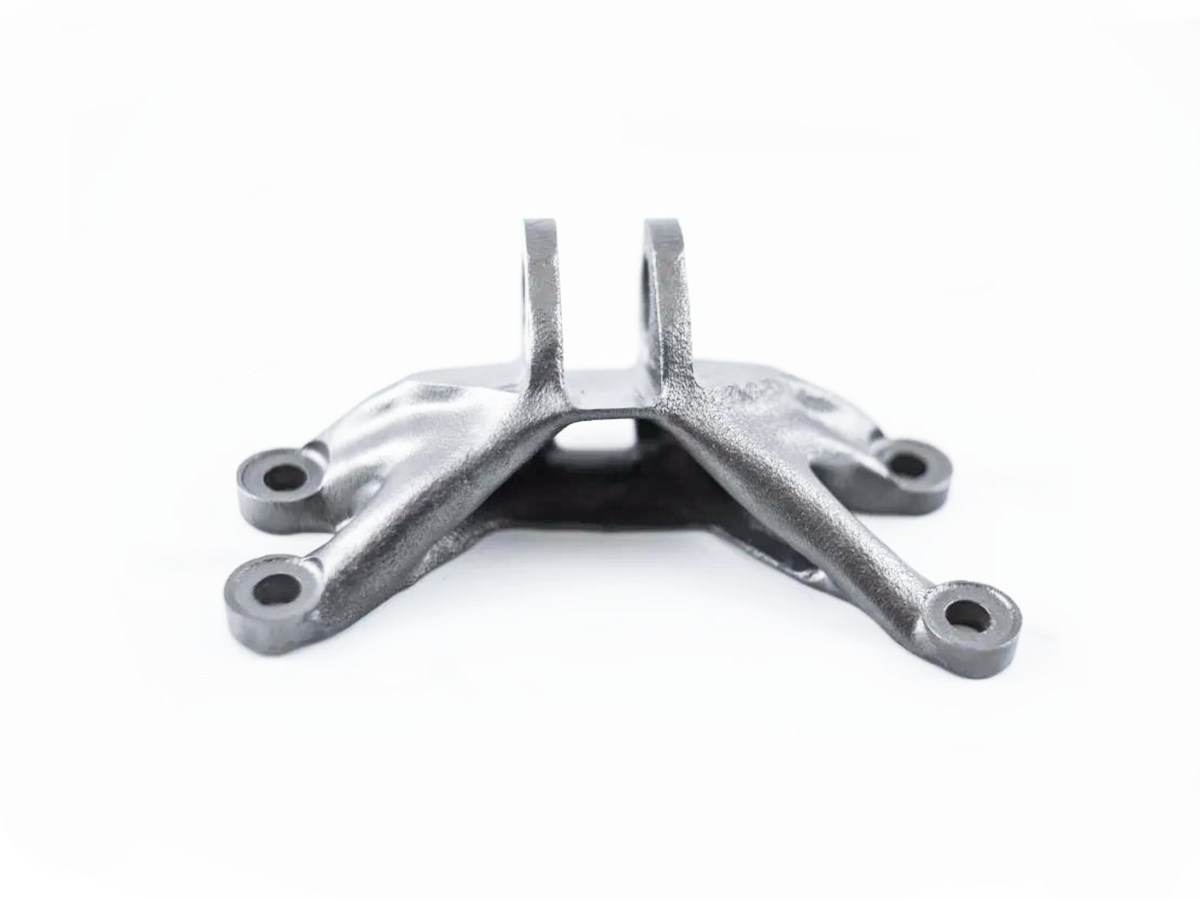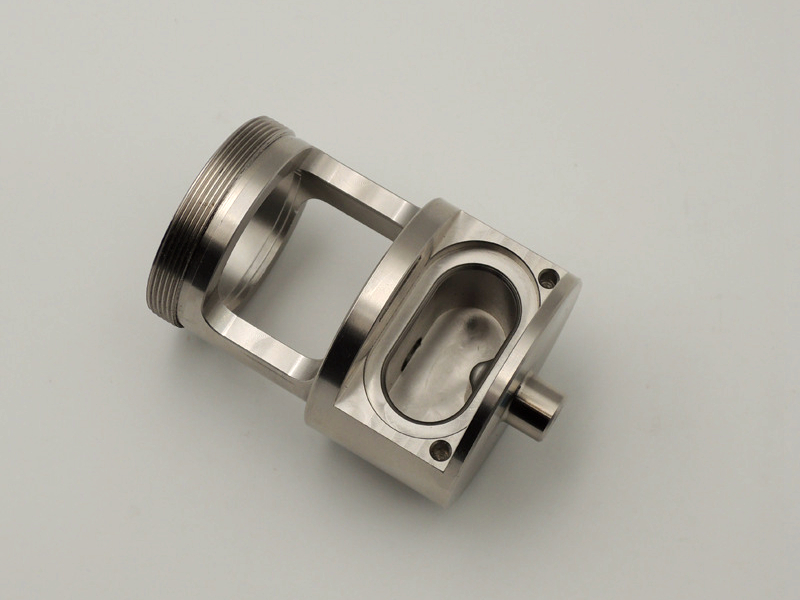Which resins suit functional tests needing high heat resistance and strength?
From an engineering perspective, no single resin can cover all scenarios where both high heat resistance and mechanical strength are required. The right choice depends on your test temperature, loading mode (static, impact, fatigue), and whether the part must survive only a few test cycles or behave almost like an end-use component. In practice, we combine high-performance photopolymer systems—such as industrial SLA 3D printing, DLP 3D printing, or CLIP resin 3D printing—with robust design rules and, when needed, CNC-machined thermoplastics to de-risk functional testing.
High-temperature structural resins
For functional tests above ~80–100 °C, your first candidates should be high-temperature SLA/DLP resins. These materials are optimized for high heat deflection temperature (HDT) and stiffness, making them suitable for fixtures, under-hood automotive mockups, and low-pressure fluid handling components. Compared to standard resins, they retain their modulus better at elevated temperatures, resulting in lower dimensional drift and creep during thermal cycling.
However, high-temp photopolymers are usually more brittle than engineering thermoplastics. We treat them as good surrogates for fit, assembly, and moderate static load tests, not as substitutes for long-term, high-energy impact or fatigue. For geometries with thin walls or sharp corners, we’ll often tweak fillets and wall thickness in the CAD model before sending to 3D printing services, balancing local stiffness with crack resistance.
Tough resins for load and impact
If your functional tests involve clips, snap-fits, or repeated handling at moderate temperatures (for example, 40–70 °C), “tough” or impact-modified resins are often more appropriate. Processes like PolyJet printing and advanced DLP/CLIP systems offer materials with higher elongation at break and better resistance to chipping.
In this category, we prioritize balance over extremes: a resin with slightly lower HDT but significantly higher toughness can outperform a very high-temp but brittle material in real assemblies. For snap-fit housings, living hinges, or ergonomic components, we typically validate designs using a combination of printed prototypes and secondary operations, such as light machining or drilling, through our prototyping services.
When to use machined engineering thermoplastics
For the most demanding functional tests—such as continuous service above 120–150 °C, exposure to aggressive chemicals, or high structural loads—photopolymer resins reach their limits. In these cases, we recommend stepping up to CNC-machined engineering plastics. For example, PEEK combines very high heat resistance, strength, and chemical stability, making it ideal for aerospace, oil & gas, and demanding custom plastic components.
Similarly, PEI and high-temperature polycarbonate grades provide robust options where repeated mechanical loading and thermal cycling are critical. A common approach is to print early prototypes in high-temp SLA for geometry verification, then migrate to machined PEEK or PEI for final validation runs and life tests, using the same geometry and tolerances.
Practical selection guidelines
When we select resins or plastics for high-heat functional tests, we usually follow these steps:
Define the maximum continuous and peak temperatures, plus exposure time. This determines whether a high-temp resin is sufficient or if a true thermoplastic is needed.
Clarify loading mode: static, cyclic, or impact. High-HDT resins are good for static and low-cycle loads; tougher systems or CNC-machined engineering plastics are better for shocks and fatigue.
Map the environment—chemicals, humidity, sterilization cycles—because some resins are sensitive to solvents or water uptake.
Plan a staged approach: start with high-temp SLA/DLP or DLP prototypes for design iteration, then move to PEEK/PEI via CNC machining prototyping for final proof-of-function.
Design for safety margins—thicker sections, radiused corners, and controlled stress concentrations—to compensate for the more brittle nature of photopolymers.
In short, high-temp and tough resins are excellent for early functional tests at elevated temperatures, but when you approach real operating loads and environments, CNC-machined engineering thermoplastics become the more reliable path.



